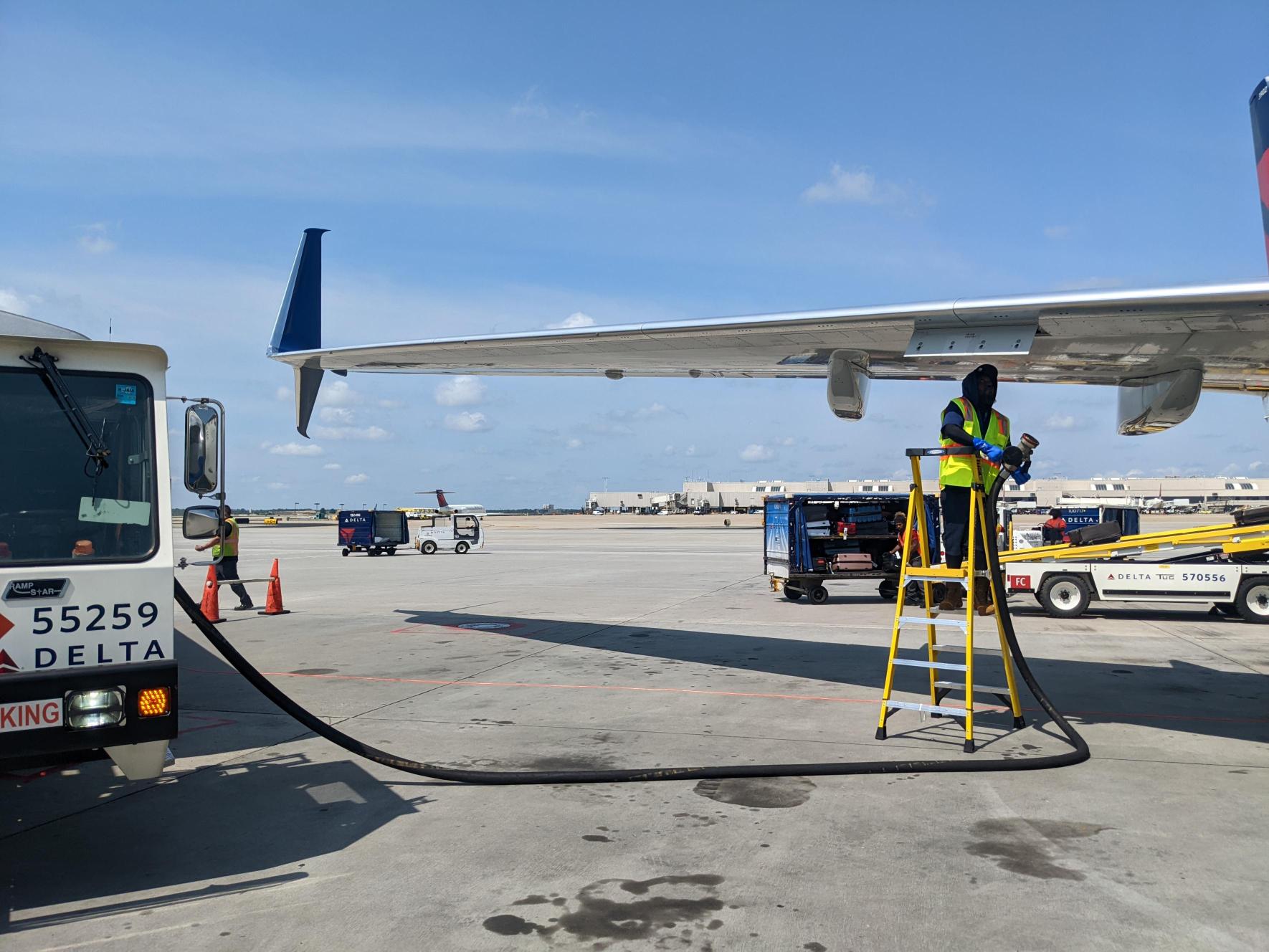
Aviation emissions have become a hot topic as the world grapples with climate change. What are aviation emissions regulations? These rules aim to reduce the carbon footprint of airplanes, making air travel more eco-friendly. Governments and international bodies set these standards to limit pollutants like carbon dioxide and nitrogen oxides. Airlines must comply by using cleaner fuels, improving aircraft efficiency, or offsetting emissions through various programs. Understanding these regulations helps us see how the aviation industry is working to protect our planet. Let's dive into 16 key facts about these important guidelines shaping the future of air travel.
Key Takeaways:
- Aviation emissions regulations are like rules for airplanes to pollute less. They use technology and global cooperation to make flying better for the environment.
- Even though it's hard to make planes greener, people are working on it. New technologies and fuels are being developed to make air travel more eco-friendly.
Understanding Aviation Emissions Regulations
Aviation emissions regulations are crucial for reducing the environmental impact of air travel. These rules help control the amount of greenhouse gases released by aircraft. Here are some key facts about these regulations.
-
The International Civil Aviation Organization (ICAO) sets global standards for aviation emissions.
-
ICAO's Carbon Offsetting and Reduction Scheme for International Aviation (CORSIA) aims to stabilize carbon emissions at 2020 levels.
-
The European Union Emissions Trading System (EU ETS) includes aviation in its carbon market.
-
The United States has its own regulations under the Clean Air Act to control aircraft emissions.
The Role of Technology in Reducing Emissions
Technology plays a significant role in meeting emissions regulations. Innovations in aircraft design and fuel efficiency are essential for reducing the carbon footprint of aviation.
-
Modern aircraft engines are designed to be more fuel-efficient, reducing emissions per flight.
-
The use of sustainable aviation fuels (SAFs) can lower carbon emissions by up to 80%.
-
Electric and hybrid aircraft are being developed to further reduce reliance on fossil fuels.
-
Advanced air traffic management systems help optimize flight paths, reducing fuel consumption and emissions.
International Cooperation and Agreements
Global cooperation is vital for effective aviation emissions regulations. Countries and organizations work together to create and enforce these rules.
-
The Paris Agreement includes provisions for reducing aviation emissions as part of global climate goals.
-
ICAO collaborates with the United Nations Framework Convention on Climate Change (UNFCCC) to align aviation emissions with broader climate targets.
-
Regional agreements, such as the Asia-Pacific Economic Cooperation (APEC), promote sustainable aviation practices.
-
Bilateral agreements between countries can also address aviation emissions and encourage the use of cleaner technologies.
Challenges and Future Prospects
Despite progress, there are challenges in implementing aviation emissions regulations. However, ongoing efforts and future innovations offer hope for a greener aviation industry.
-
High costs of new technologies and sustainable fuels can be a barrier for airlines.
-
Regulatory differences between countries can complicate global enforcement of emissions standards.
-
Public awareness and demand for greener travel options are driving airlines to adopt more sustainable practices.
-
Future advancements in technology, such as hydrogen-powered aircraft, hold promise for significantly reducing aviation emissions.
The Future of Aviation Emissions
Aviation emissions regulations are shaping the future of air travel. Governments and organizations worldwide are pushing for greener skies. Airlines are investing in more fuel-efficient aircraft and exploring sustainable aviation fuels. These changes aim to reduce the industry's carbon footprint.
Passengers can also play a role by choosing airlines committed to sustainability. Supporting policies that promote cleaner aviation practices helps too. The journey to a greener aviation industry won't be easy, but it's necessary for our planet's health.
As technology advances, we can expect even more innovative solutions to emerge. Electric planes, improved air traffic management, and other breakthroughs are on the horizon. The aviation industry is at a crossroads, and the choices made today will impact future generations. Let's all do our part to support a cleaner, more sustainable future for air travel.
Frequently Asked Questions
Was this page helpful?
Our commitment to delivering trustworthy and engaging content is at the heart of what we do. Each fact on our site is contributed by real users like you, bringing a wealth of diverse insights and information. To ensure the highest standards of accuracy and reliability, our dedicated editors meticulously review each submission. This process guarantees that the facts we share are not only fascinating but also credible. Trust in our commitment to quality and authenticity as you explore and learn with us.


